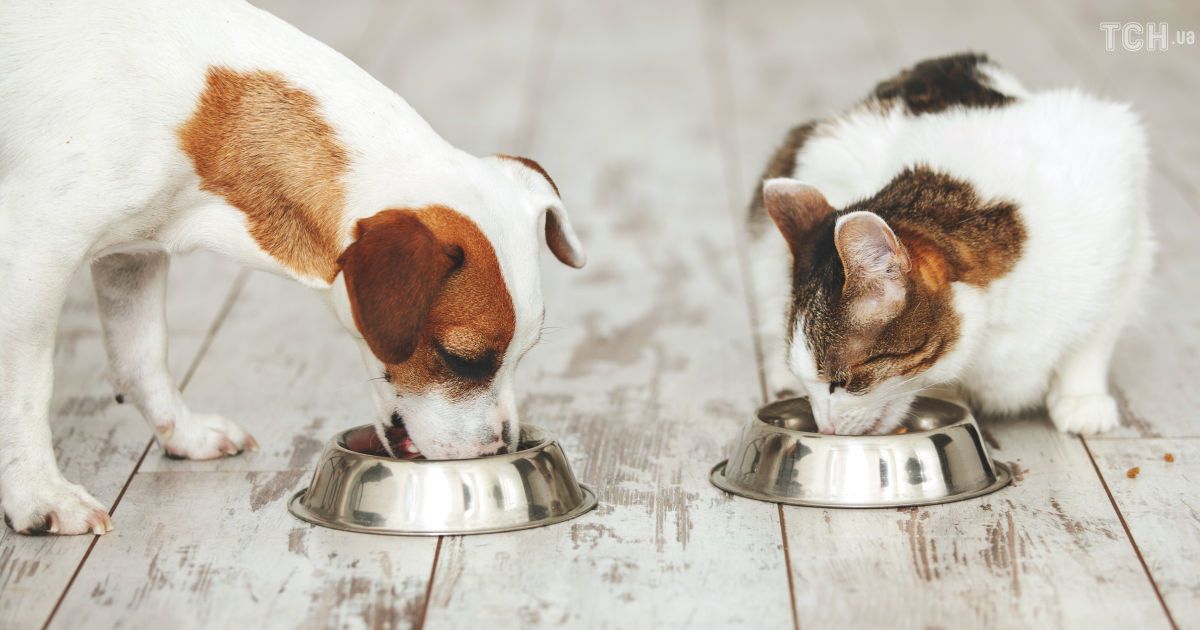It can be caused by parasites (fleas, dermatophytes), pollen, dust and other endocrine diseases.
Also, mold, dandruff, feathers, fabrics, veterinary drugs and even household chemicals can act as irritants.
Unfortunately, the number of animals suffering from allergies is gradually increasing.
According to statistics, during the decade 2008-2018, the specific weight of allergic reactions related to the habitat and maintenance of the pet increased by 30.7% in dogs and by 11.5% in cats.
Diagnosis of allergies in animals is developing rapidly these days.
Despite the fact that establishing a diagnosis takes some time, in many cases, after identifying the pathogen and knowing the cause of the allergy, its impact on the animal's well-being can be minimized.
Searching for an allergen in case of food allergy requires constant attention, time and discipline.
After recognizing the pathogen, it is important to replace the animal's diet with feed that does not include the irritant.
About how to detect allergies in cats and dogs and what to do next, we consulted with
Oleksandr Aishpour
, candidate of veterinary sciences and Royal Canin training specialist.
Occurrence and manifestations
Protein is an important component of a balanced pet's diet, because it is the main "building material" of the body.
However, if the immune system recognizes some proteins as pathogenic, i.e. begins to fight them, an allergy is manifested.
Most often, its signs are observed in the form of: itching, which can be accompanied by scratching of the skin even to wounds (for cats, licking and scratching is more characteristic, which can even cause local baldness; for dogs - scratching and biting in the place where itching is felt), and as well as effects on the digestive system in the form of chronic disorders of the gastrointestinal tract, namely diarrhea or vomiting."
In general, any protein of vegetable or animal origin can cause an allergic reaction.
However, the most common allergens for dogs and cats are beef and dairy products.
Note that food allergies do not manifest immediately.
Often, pet owners attribute diarrhea, scratching and hair loss to recent changes in the pet's diet.
However, allergies can develop gradually and manifest themselves only after months or even years.
Definition of allergen
If you notice dermatological problems in an animal - wounds, rashes, hair loss, inflammation of the skin around the ear - first of all, you should consult a veterinarian.
First, the specialist will check whether such reactions are not caused by fleas or infectious diseases.
If the cause of scratching and irritation is not found after the tests, a food allergy test is performed.
For this, the diet of a cat or dog is replaced by a diagnostic (elimination) diet.
This food contains small proteins, which, in turn, minimize the manifestations of allergies.
The minimum period of compliance with the elimination diet is 8 weeks.
At this time, all members of the family should take its observance seriously: all treats and leftovers from the table should be excluded from the animal's diet.
It is also necessary to warn the guests about the restrictions in the animal's diet - so that they do not accidentally treat it to forbidden food.
If the allergic symptoms disappear after the elimination diet, a so-called "provocation test" is performed.
For this, the old feed is returned to the animal's diet.
The repeated occurrence of allergic reactions will confirm the diagnosis of "food allergy" and will allow you to accurately identify the allergen.
Otherwise, a provocation test is carried out with the use of another feed.
Deworming
If the animal needs to be treated for worms during the elimination diet, it is necessary to consult a veterinarian.
The doctor will advise on the possibility of deworming: whether the procedure can be carried out at all, and if so, which drug should be used for this.
It is important not to treat the animal yourself without consulting a specialist.
After all, such treatment can nullify all efforts to identify a food allergen: some drugs contain flavoring additives to which the animal may be suspected of being allergic.
As a result, it will make it impossible to make a correct diagnosis.
Benefits of an elimination diet
As an elimination diet, high-quality feed is usually prescribed, which contains everything necessary for daily consumption: proteins, carbohydrates, vitamins and minerals necessary for a healthy animal.
In some cases, it is assigned to a pet throughout its life.
In addition, in animals suffering from allergies, the elimination diet takes into account 2 common sensitivities - with the skin and with digestion.
Such a diet contains highly digestible proteins, 90% of which are absorbed, as well as an appropriate balance of fiber.
All this is necessary to maintain optimal digestion.
In addition, the diet contains a complex of B vitamins, omega-3 and omega-6 fatty acids, which have a positive effect on the condition of previously injured skin.
An elimination diet is an indispensable tool in the hands of a veterinarian, which is designed to help determine the causes of allergies.
A specialist will help you choose the right diet.
At the same time, the owner of the animal also plays an important role in this process, because the well-being of the pet depends on his discipline.
Read also:
How to choose a puppy: advice from a veterinarian
Fish and seafood in the diet of animals: can it be given and in what quantities
How to properly pet an animal: 5 tips from a veterinarian
Hypoallergenic dog: which breeds won't make you cry
BARF diet: what it is and whether it is really good for pets
